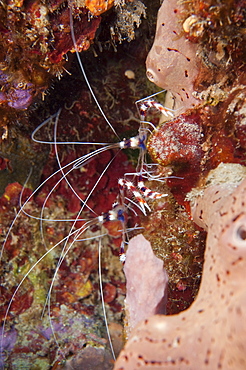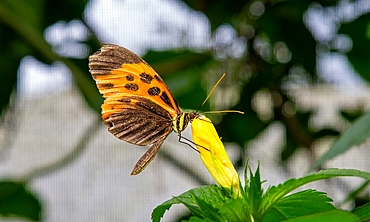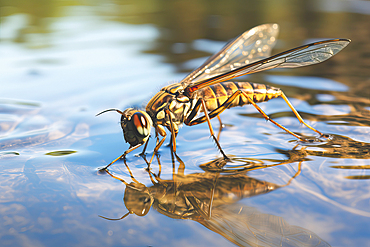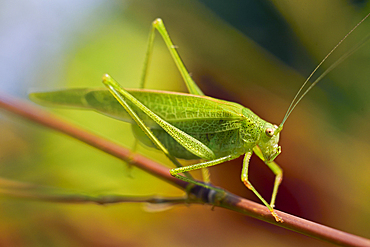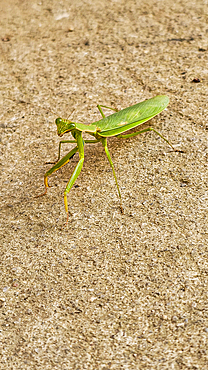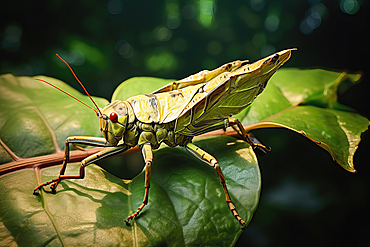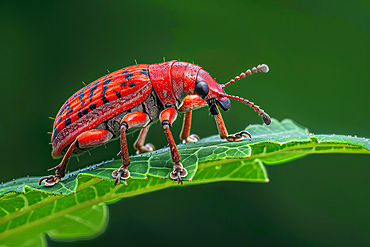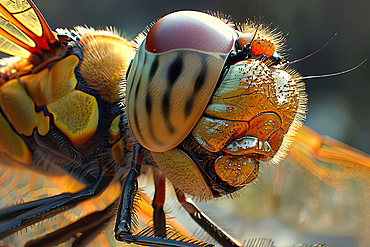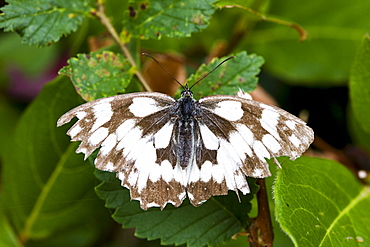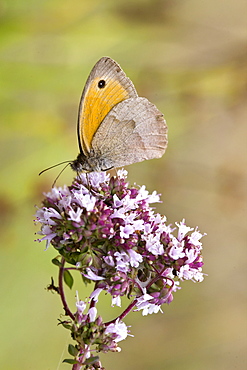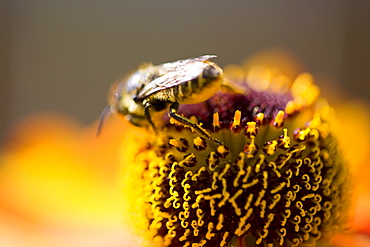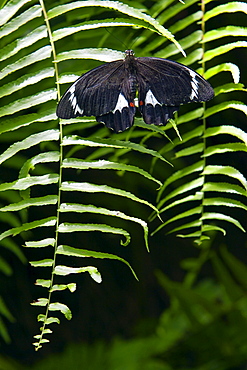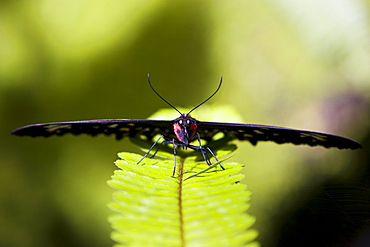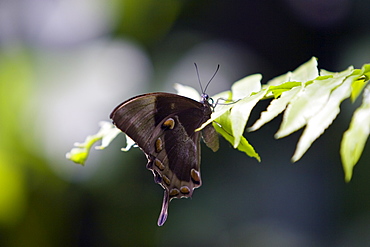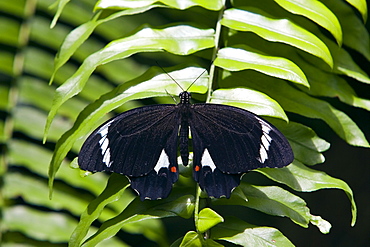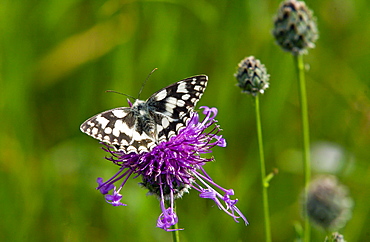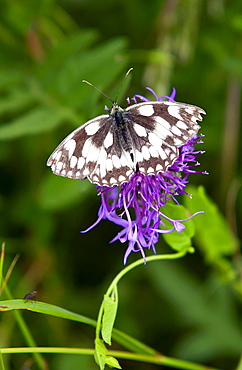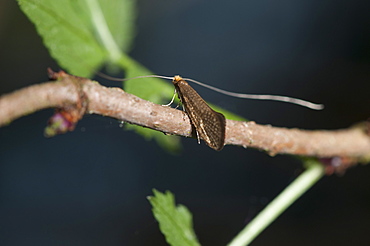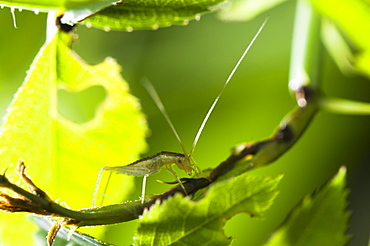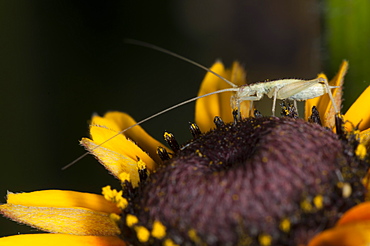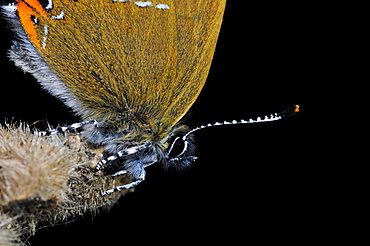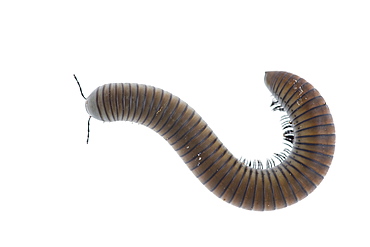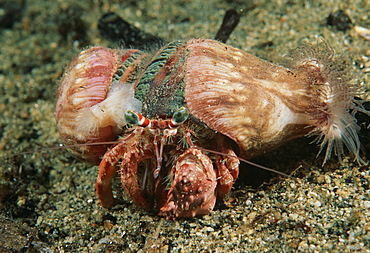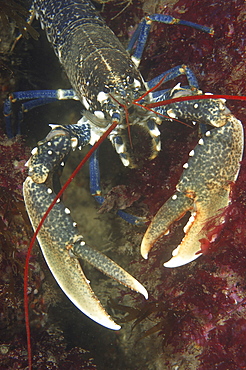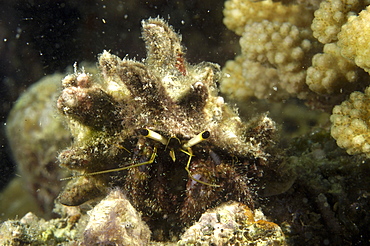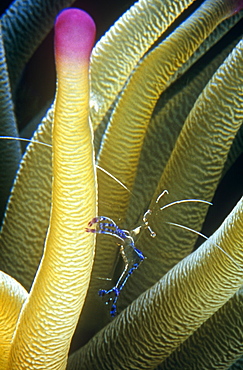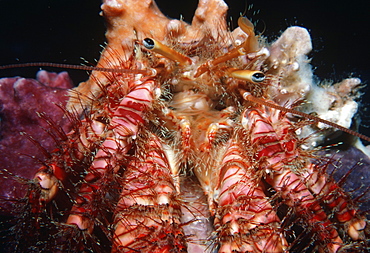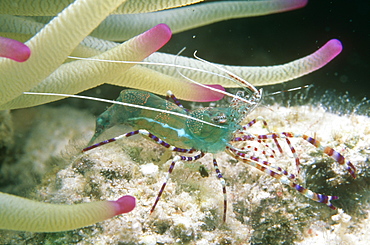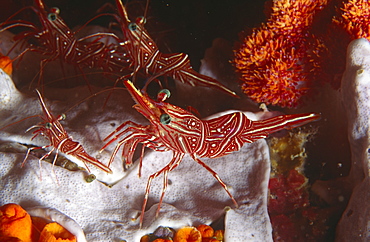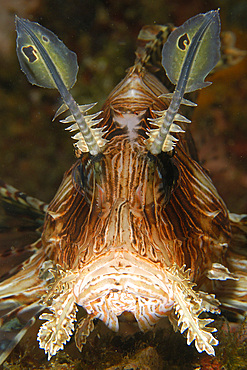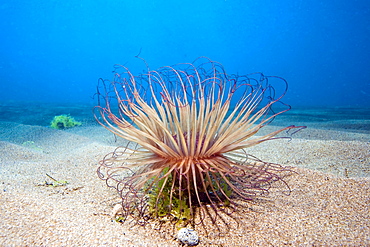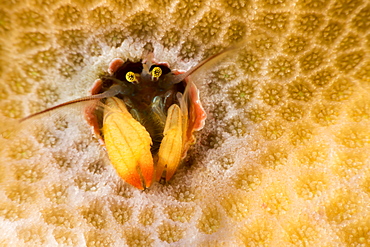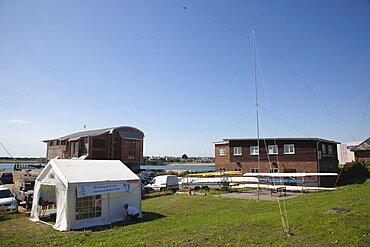Results
28 results found

Brilliantly coloured Hemipteran, known as the True bugs, family Lygaeidae, the insect feeds on plant sap, Maliau Basin, Sabah, Borneo, Malaysia, Southeast Asia, Asia
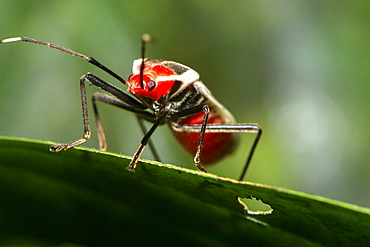
Brilliantly coloured Hemipteran, known as the True bugs, family Lygaeidae, the insect feeds on plant sap, Maliau Basin, Sabah, Borneo, Malaysia, Southeast Asia, Asia
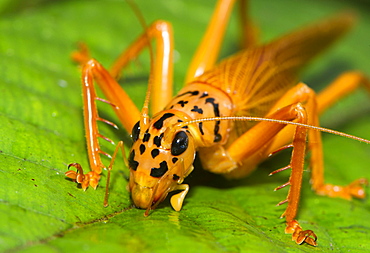
Orange and black bush cricket (Tettigoniidae), Maliau Basin, Sabah, Borneo, Malaysia, Southeast Asia, Asia
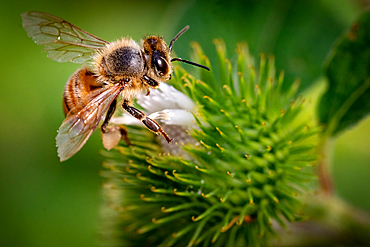
Honeybee collecting nectar from a green spiky flower, with a blurred natural background, United Kingdom, Europe
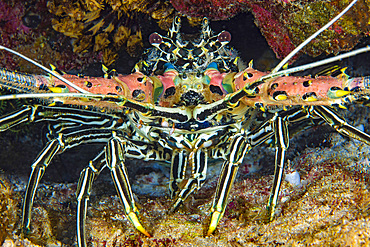
A painted spiny lobster (Panulirus versicolor) (Painted crayfish), Philippines, Southeast Asia, Asia
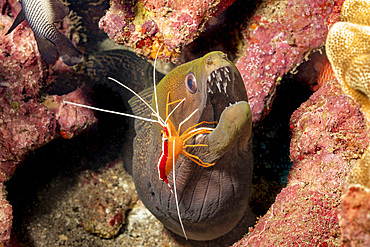
A cleaner shrimp (Lysmata amboinensis), inspects the teeth of an undulated moray eel, Hawaii, United States of America, Pacific, North America
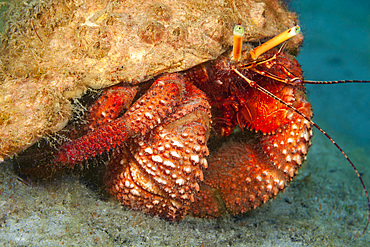
Giant hermit crab (Petrochirus diogenes), off Singer Island, Florida, United States of America, North America
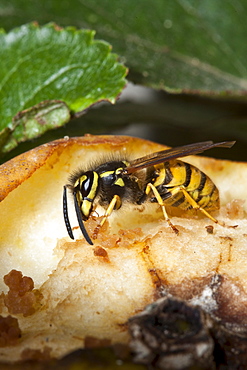
Common wasp yellow jacket, vespula vulgaris, feeding from eating apple on tree in English countryside, UK
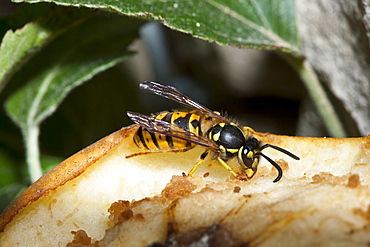
Common wasp yellow jacket, vespula vulgaris, feeding from eating apple on tree in English countryside, UK

Bumble bee gathering nectar from Verbena bonariensis flower in herbaceous border of country garden, UK
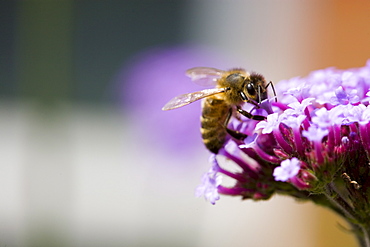
Honey bee gathering nectar from Verbena bonariensis flower in herbaceous border of country garden, UK
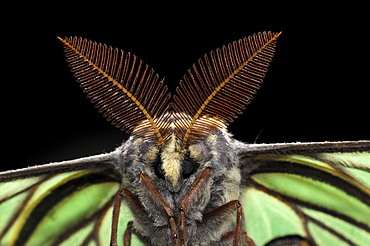
Spanish moon moth (graellsia isabellae) close-up of male showing large antennae, captive bred, europe

Base Orcadas is an Argentine scientific station in Antarctica, and the oldest of the stations in Antarctica still in operation. It is located on Laurie Island, one of the South Orkney Islands, just off the Antarctic Peninsular. The Antarctic Peninsular is one of the fastest warming places on the planet.
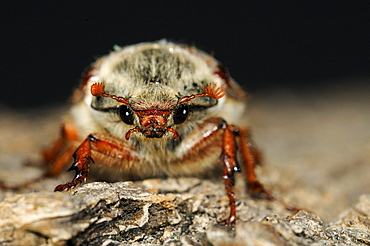
Cockchafer (melolontha melolontha) view from front showing head and clubbed antennae, oxfordshire, uk

The Very Large Array are radio telescopes consisting of 27 parabolic dish antennae each 25 metres in diameter, Socorro, New Mexico, United States of America, North America

The Very Large Array are radio telescopes consisting of 27 parabolic dish antennae each 25 metres in diameter, Socorro, New Mexico, United States of America, North America

The Very Large Array are radio telescopes consisting of 27 parabolic dish antennae each 25 metres in diameter, Socorro, New Mexico, United States of America, North America
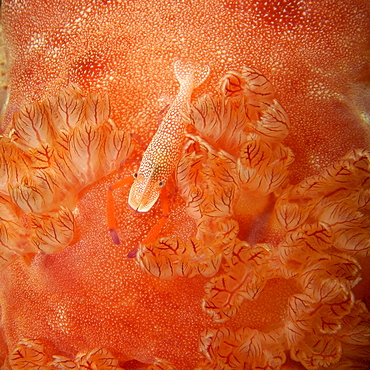
Emperor shrimp (Periclimenes imperato) next to gills of spanish dancer (Hexabranchus sanguineus) at night, Puerto Galera, Mindoro, Philippines, Southeast Asia, Asia
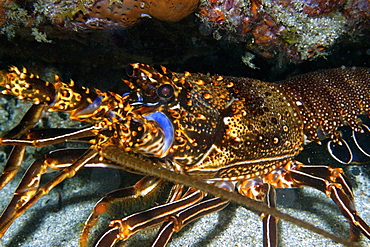
Spiny lobster (Panulirus sp.) at night, Ponta da Sapata, Fernando de Noronha national marine sanctuary, Pernambuco, Brazil, South America
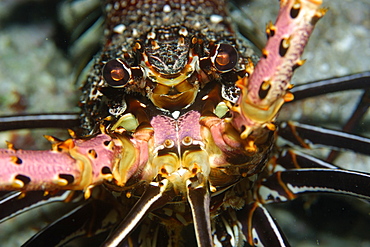
Stripe-leg spiny lobster (Panulirus femoristriga), eye and rostrum detail, Short drop-off, Palau, Caroline Islands, Micronesia, Pacific Ocean, Pacific
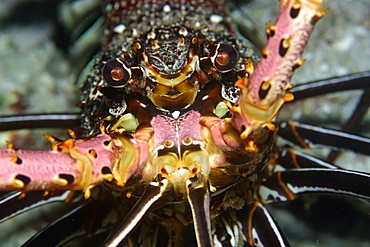
Stripe-leg spiny lobster (Panulirus femoristriga), eye and rostrum detail, Short drop-off, Palau, Caroline Islands, Micronesia, Pacific Ocean, Pacific
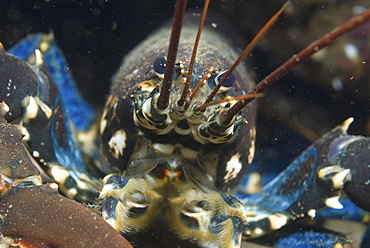
Common Lobster (Homarus gammarus), detail of lobster's face and red antennae, St Abbs, Scotland, UK North Sea
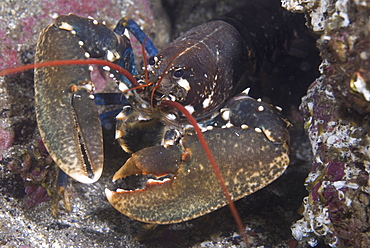
Common Lobster (Homarus gammarus), nice view of lobster facing forward showing both large claws and red antennae, St Abbs, Scotland, UK North Sea
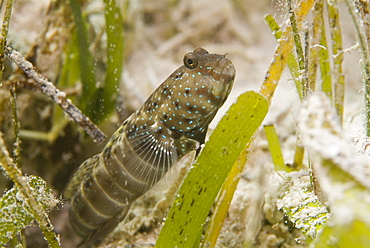
LutherÌs Partner Goby (Cryptocentrus lutheri) Lives in partnership with the snapping shrimp Alpheus djiboutensis. One of many Goby/Shrimp partnerships, The goby always choosing to pair with the same species of shrimp. The goby keeps a watchful eye for the almost blind shrimp, in return for sanctuary in the hosts burrow. The shrimp digs constantly and maintains contact with the goby at all times via antennae. Red Sea.
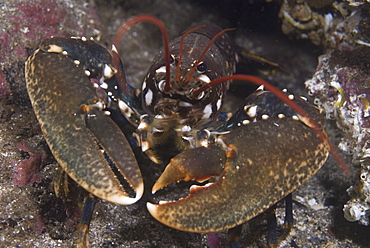
Common Lobster (Homarus gammarus), nice view of lobster facing forward showing both large claws and red antennae, St Abbs, Scotland, UK North Sea
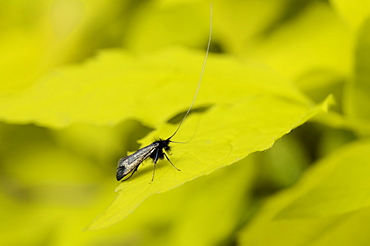
Fairy long horned moth (Adela reaumurella) male with long antennae standing on Mock orange leaf (Philadelphus coronarius 'Aureus'), Wiltshire garden, UK.
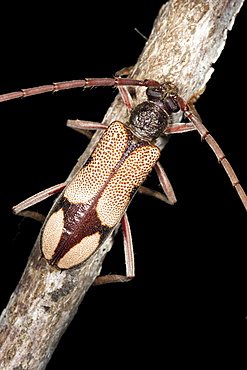
A longicorn beetle (Phoracantha cruciata) on twig, Hopkins Creek, New South Wales, Australia, Pacific
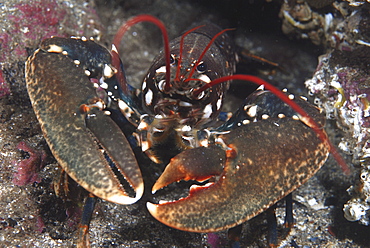
Common Lobster (Homarus gammarus), nice view of lobster facing forward showing both large claws and red antennae, St Abbs, Scotland, UK North Sea
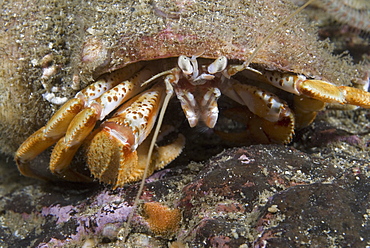
Common Hermit Crab (Pagarus berhardus), detail of head showing claws, eyes and antennae, St Abbs, Scotland, UK North Sea
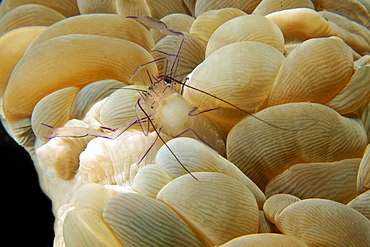
Bubble coral shrimp (Vir philippinensis) on bubble coral (Plerogyra sinuosa), Dumaguete, Negros Island, Philippines, Southeast Asia, Asia
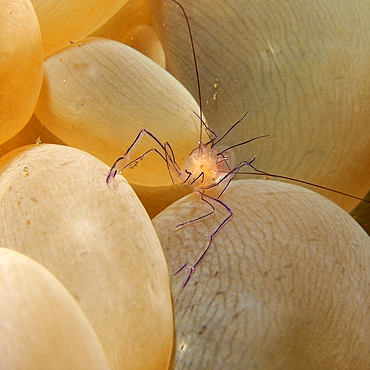
Bubble coral shrimp (Vir philippinensis) on bubble coral (Plerogyra sinuosa), Dumaguete, Negros Island, Philippines, Southeast Asia, Asia
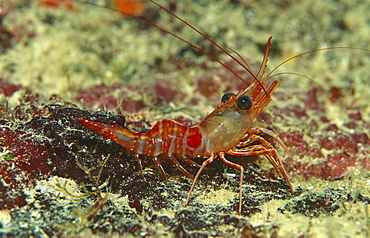
Red night shrimp (Rhynchocinetes rigons) Clear view of shrimp sitting on coral, Cayman Islands, Caribbean.

A long-horned bee covered in pollen; the males of this solitary bee species are easy to identify because of the long antennae

Stripe-leg spiny lobster, Panulirus femoristriga, eye and rostrum detail, Short drop-off, Palau, Micronesia.
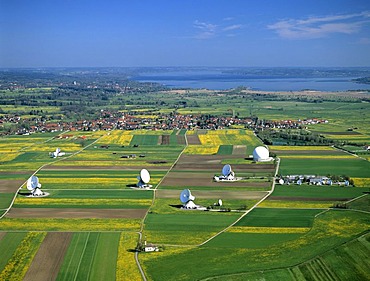
Satellite earth station Raisting, satellite antennae, Lake Ammersee, Pfaffenwinkel, Upper Bavaria, Germany, Europe, aerial view

The Very Large Array radio telescope consists of 27 large dish antennas, the facility is part of the National Radio Astronomy Observatory, on the Plains of San Agustin in Datil, western New Mexico, USA

The Very Large Array radio telescope consists of 27 large dish antennas, the facility is part of the National Radio Astronomy Observatory, on the Plains of San Agustin in Datil, western New Mexico, USA

The Very Large Array radio telescope consists of 27 large dish antennas, the facility is part of the National Radio Astronomy Observatory, the tracks enable astronomers to move the antennas to different locations, on the Plains of San Agustin in Datil, we

The Very Large Array radio telescope consists of 27 large dish antennas, the facility is part of the National Radio Astronomy Observatory, on the Plains of San Agustin in Datil, western New Mexico, USA

The Very Large Array radio telescope consists of 27 large dish antennas, the facility is part of the National Radio Astronomy Observatory, on the Plains of San Agustin in Datil, western New Mexico, USA

The Very Large Array radio telescope consists of 27 large dish antennas, the facility is part of the National Radio Astronomy Observatory, on the Plains of San Agustin in Datil, western New Mexico, USA

The Very Large Array radio telescope consists of 27 large dish antennas, the facility is part of the National Radio Astronomy Observatory, on the Plains of San Agustin in Datil, western New Mexico, USA

The Very Large Array radio telescope consists of 27 large dish antennas, the facility is part of the National Radio Astronomy Observatory, on the Plains of San Agustin in Datil, western New Mexico, USA

The Very Large Array radio telescope consists of 27 large dish antennas, the facility is part of the National Radio Astronomy Observatory, on the Plains of San Agustin in Datil, western New Mexico, USA

The Very Large Array radio telescope consists of 27 large dish antennas, the facility is part of the National Radio Astronomy Observatory, on the Plains of San Agustin in Datil, western New Mexico, USA
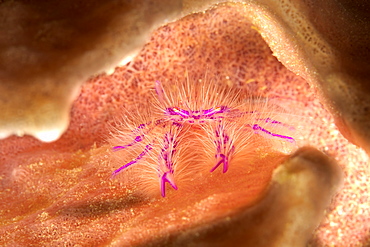
The Hairy Squat Lobster (Lauria slagiani) is found alone, and in pairs, on the outside of barrel sponges belonging to the genus Xestospongia. They are tiny (one centimeter across) and difficult to find on the folds of the sponge, Philippines
